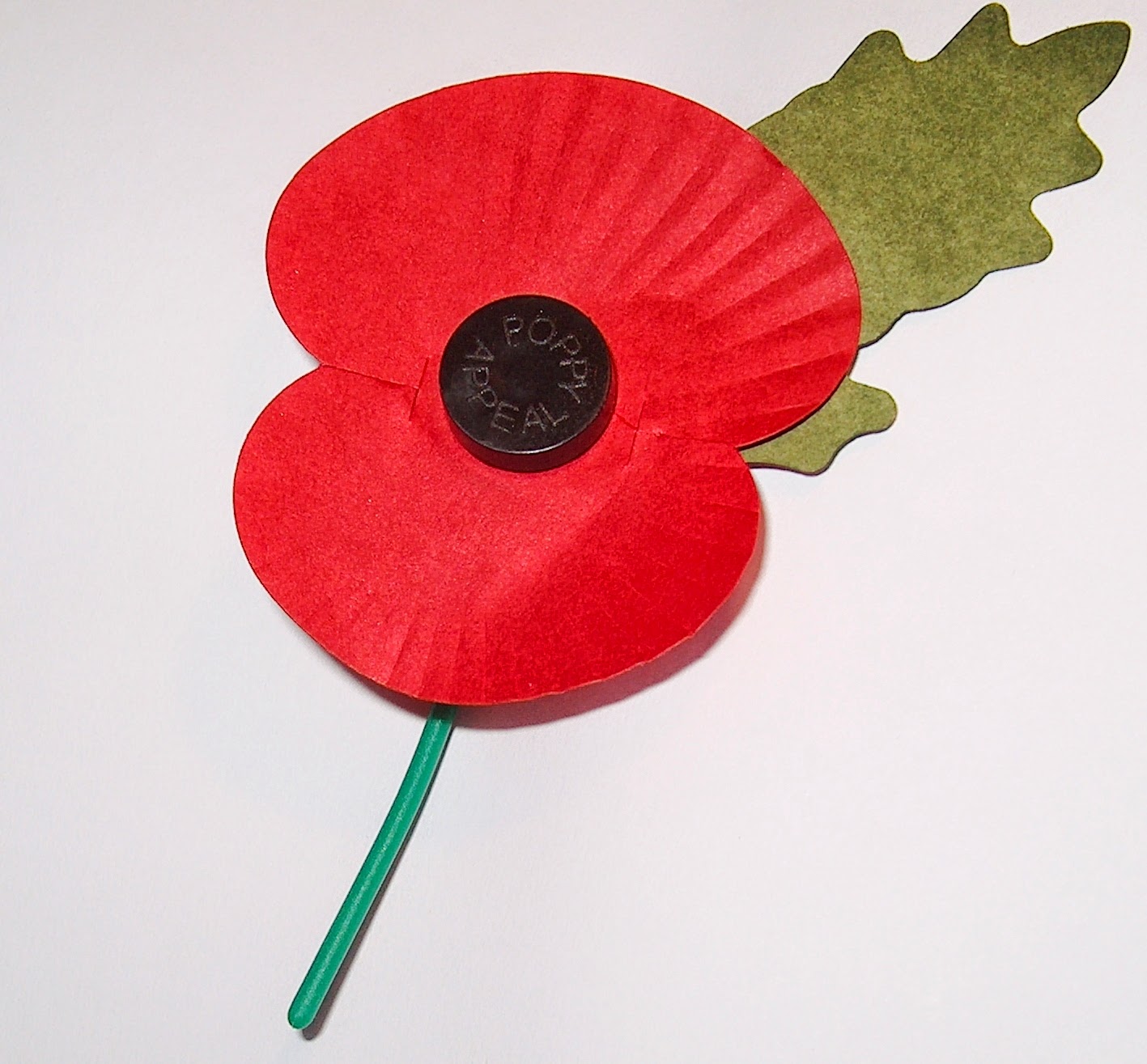Ypres (2) / British government-funded trips to teach UK pupils about the sacrifices of the fallen
(Level: Intermediate to Upper-Intermediate / B1 to B2 / ** to ***)
 |
| UK teenagers visiting WW1 battlefields as part of a government-funded scheme Photo credit: independent.co.uk |
To mark the centenary of the outbreak of WW1, the British government planned last year to give every comprehensive school the opportunity to send pupils to sites like Passchendaele near Ypres and the Somme in France from spring 2014 to 2018 so that "the bravery and suffering" of the fallen British and Commonwealth soldiers should not be forgotten.
You are going to watch a Sky News report focusing on the first government-funded school trip to World War One sites in Belgium and northern France.
 |
| The Cloth Hall, Ypres, before WW1 Photo credit: www.ww1westernfront.gov.au |
 |
| The Cloth Hall, Ypres, in ruins Photo credit: www.visitflanders.co.uk |
 |
.jpg) |
| Passchendaele then... Photo credits: commons.wikimedia.org (top picture); en.wikipedia.org (this one) |
 |
| ...and Passchendaele today (Tyne Cot Cemetery) Photo credits: www.toerismewesthoek.be (top picure) and www.commons.wikimedia.org (this one) |
Before watching:
The following words could be useful:
a flagship project: a project regarded as (one of) the most important one(s) projet phare
prohibitively expensive: too expensive / unaffordable trop onéreux; inabordable
without fail: definitely sans faute; impérativement
to lay a wreath: to place flowers (a band of flowers) on a grave e.g. déposer une couronne de fleurs
 |
| Poppy wreaths laid at the Menin Gate, Ypres Photo credit: www.riflemantours.co.uk |
NOTES
If you want more details about the poppies, poppy wreaths etc, see The Tower of London's Poppy Field posted on 29th October on this blog.
A comprehensive school: a large state secondary school for boys and girls of all abilities aged 11 or over. (Oxford Guide to British and American Culture)
If you want more details about the poppies, poppy wreaths etc, see The Tower of London's Poppy Field posted on 29th October on this blog.
A comprehensive school: a large state secondary school for boys and girls of all abilities aged 11 or over. (Oxford Guide to British and American Culture)
While watching:
Answer the following questions in French:
What does the project launched by the British government consist of and what does it aim at?
You can also watch the report on the Sky News site by clicking HERE
Answer the following questions in French:
What does the project launched by the British government consist of and what does it aim at?
You can also watch the report on the Sky News site by clicking HERE
If you are interested, you can also find more details about the British Government's project by clicking HERE. (See the passage "Battlefield visits for schoolchildren".)
You can also read an article in The Independent focusing on the visit of thousands of teenagers to the battlefields of the First World War: click HERE






















